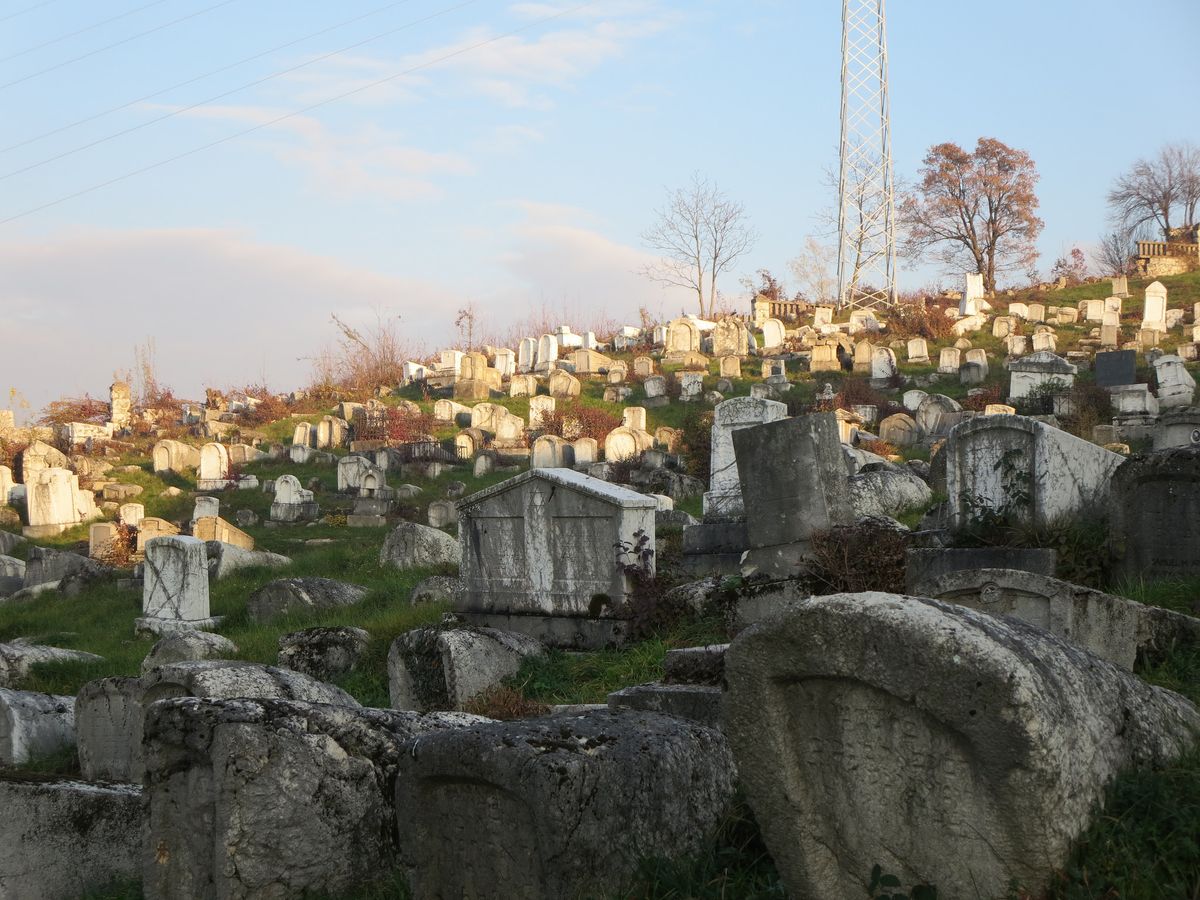About
This large Jewish cemetery was originally founded in 1630 and contains over 3,850 weathered tombstones. For several years, it also contained around 70 land mines.
As part of the Ottoman Empire, Sarajevo became a safe haven for Sephardic Jewish refugees following their expulsion from Spain in 1492. A sizeable number of Jews had settled in Sarajevo as soon as the 16th century, prompting the building of a Jewish quarter in the city that included a synagogue, a courtyard, housing, and the cemetery. While the oldest graves here are Sephardic, the cemetery also became a burial ground for Ashkenazi Jews, who arrived in Sarajevo in the late 19th century. The graveyard is particularly notable for the unique shape of its tombstones, which bear the influence of the monumental, medieval Bosnian stećci in their block-like shapes and decorative motifs.
The cemetery’s position on the side of Mount Trebevic overlooking the city made it an attractive artillery position during the war in Bosnia and Herzegovina. Held by Bosnian Serbs, it would become the front line, sustaining considerable damage from bullets, explosions, and return-fire from the city below. Before the war’s end in 1995, the site was heavily mined. The Norwegian People’s Aid Society was assigned to clearing the explosives and would remove 60-70 land mines and around 100 pieces of unexploded ordinance before their task was done.
The cemetery was finally returned to Sarajevo’s Jewish community for reopening and restoration in September of 1998.
Related Tags
Balkans Road Trip: Serbia, Croatia & Bosnia and Herzegovina
Traverse the beauty and history of the Balkans through locals' stories.
Book NowCommunity Contributors
Added By
Published
November 20, 2015




















































